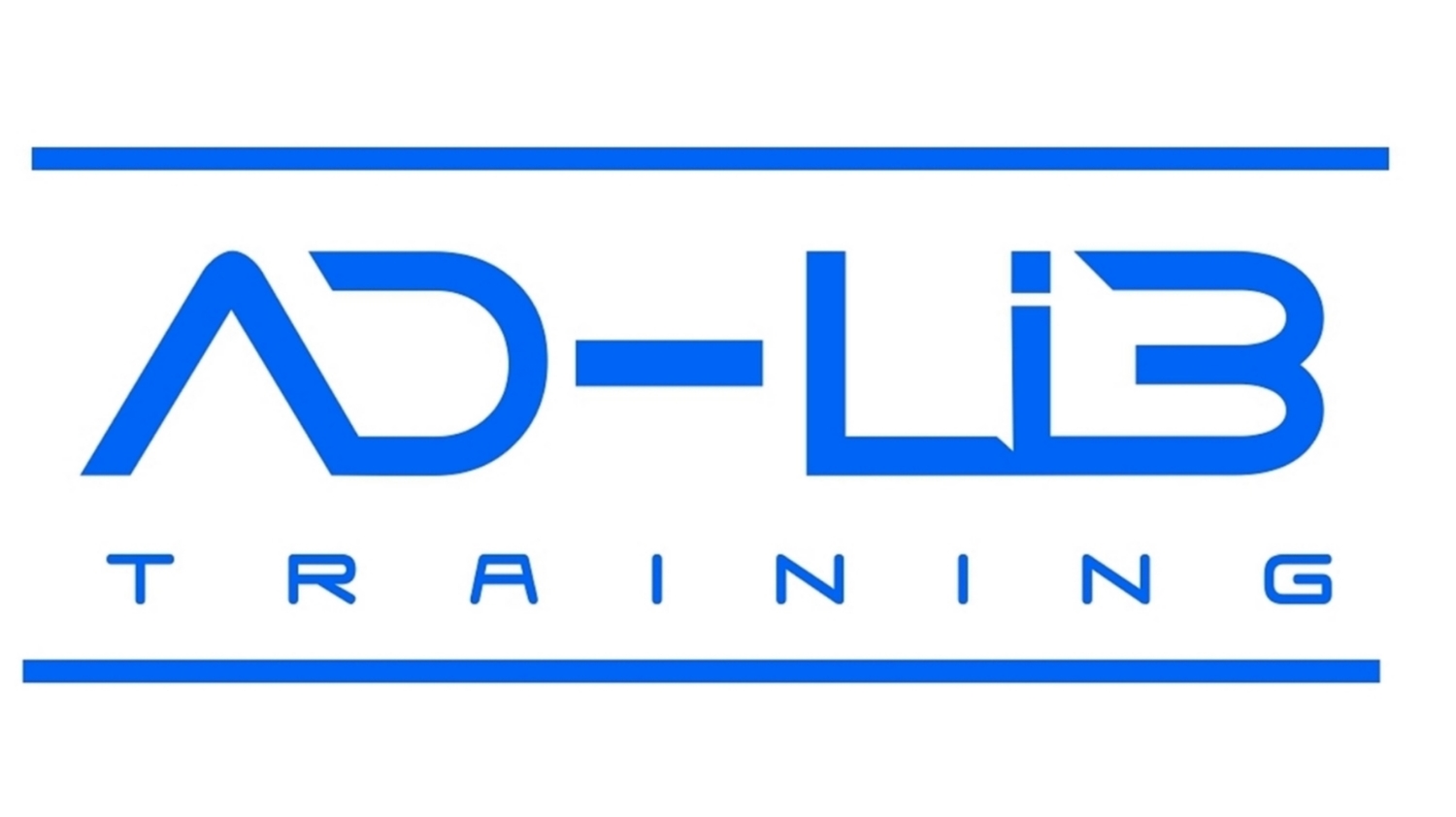It has been widely reported that certain inequalities are affecting people’s health, whether this relates to their wealth, gender, or race. This is a global issue, which begins at a young age and carries through to adult life. Physical inactivity influences a wide range of health complications, which can lead to premature mortality. When looking at health as a whole; diet and physical activity should go hand-in-hand, which can also influence your mental health. These inequalities were reported prior to the pandemic, with the CMO at the time raising it as a concern. Now with covid amongst us and we are at home more, with employment affected, how has this influenced these levels?
Recent research is provided from 2018 and 2019, but it will be interesting to see how this has changed with the pandemic. There were suggestions physical activity amongst children was starting to improve in 2018-19, but numbers were still not where we expected them to be. It is possible physical activity with children and young people was down in 2020 to less than half meeting the daily recommendations.
Sports England surveyed 130000 children and parents, to find out a third of children between 5- to 16-year-olds were not meeting the minimum daily recommendations of 30 minutes physical activity per day at school and 30 minutes at home.
For some adults, the extra time over the pandemic has encouraged more exercise at home, but now gyms are open again, the numbers are not returning to the same level prior to 2020. Whether this is due to nervousness, income, habits created in lockdowns… some gyms have reported a 50% drop in attendance numbers.
What can be done to address this?
The Government have hinted at schemes to encourage physical activity and better food choices, but many have questioned the approach. We are still waiting to hear more on this, but there did seem to be a lack of content surrounding the psychological issues surrounding weight.
The key areas to address include gender differences, race and wealth inequalities.
It is known black and Asian communities are less likely to take up physical activity for health across all ages.
When addressing gender differences, recent numbers relate more to children, but only half of boys meet the daily recommendations and two fifths of girls.
Wealth plays a big part in sport and physical activity access. Children from higher income families are more likely to take up physical activity and meet the daily recommendations, which then continues into adult life. Only two fifths in 2018 from low-income families were meeting the one-hour recommendation per day, even though more children were interested and said they enjoyed physical activity. The price of certain activities, parental ill health and lack of opportunities affected their access. More than half of children from wealthier families were meeting the recommendation.
Yes, we need influence from the top level, but is there anything you could do to help improve these figures to address inequalities within the physical activity and health sectors?
Is the fitness advice prescribed by professionals relatable? Are the goals realistic? Do they accommodate life of these communities? Do they need to be explained differently or reviewed? Could the benefits and opportunities be emphasised? Do we have the role models representing these communities? It is time for change.
Whilst people are trying to navigate the new norm, let’s try establish new habits now which individuals of all ages will continue as they grow.
As mentioned above, one hour per day of physical activity for health is only 4% of a child’s day. To put this into context, sleep should take 25 – 33% of your daily hours.
Physical Activity is something at a moderate level, which makes you out of breath, but you can still speak.
For adults (including disabled adults and pregnant women), the guidance given relates to 150 minutes accumulated per week. This is lower than children. It equates to 1.5% of your week to complete physical activity for health. This time reduces with the increase of intensity. Just ensure the intensity is suitable to your fitness and skill level. Aerobic work and strength training is the focus, with balance and flexibility training detailed further as you get older (over 65 years of age) but why not focus on these elements now?
At Ad-Lib Training, we try to reach these communities through funded projects and collaborating with like-minded companies and charities. We educate and train leaders to be representatives within these communities to encourage healthier lifestyles and an increase in physical activity. Is this something you could do? Could your company train up champions to address these inequalities? If so, we would love to hear from you.
* Statistics taken from Sport England
For more statistics for 2020 physical activity levels - see more here


